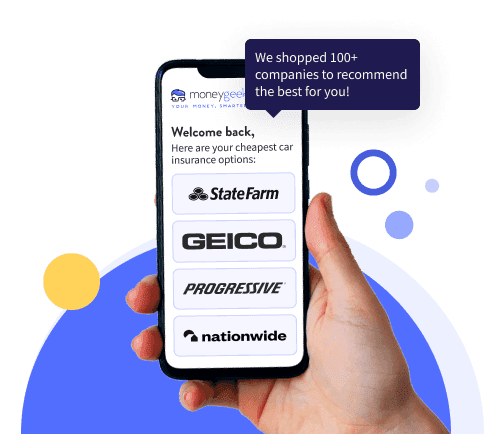Many factors influence car insurance rates, some of which you can control, like your driving record and credit score, and others you can't, such as state laws and your ZIP code. These rates are often reviewed when it's time to renew your policy.
If you notice an increase, you can talk to your insurer or even switch companies. You can also save by bundling policies, requesting discounts, or choosing a higher deductible.



